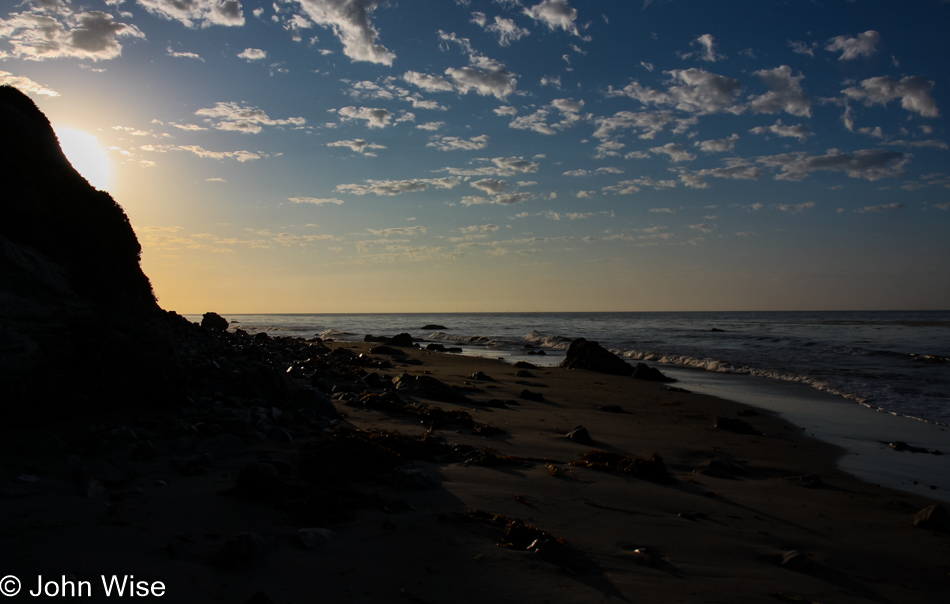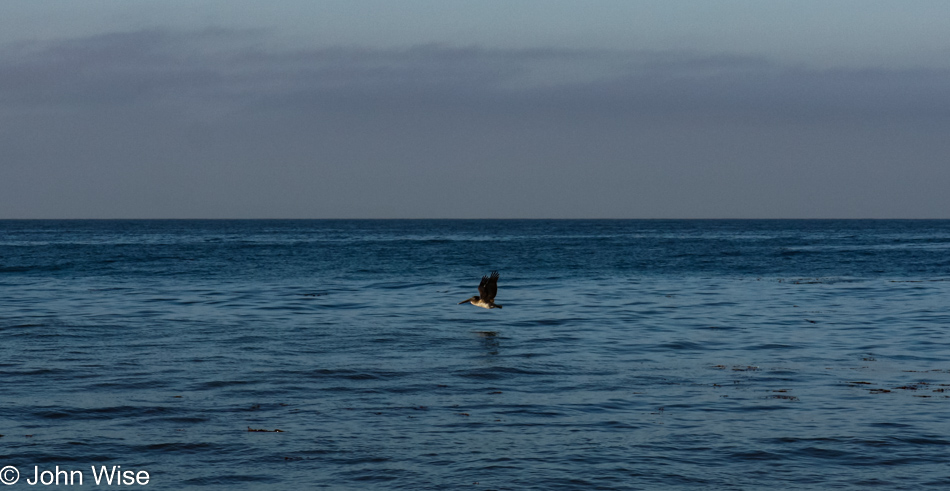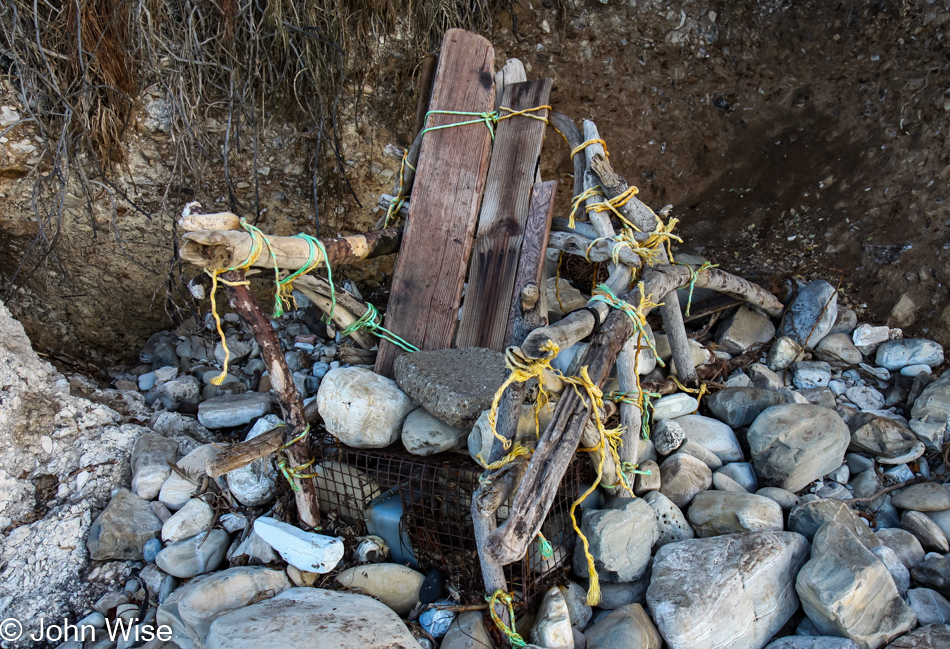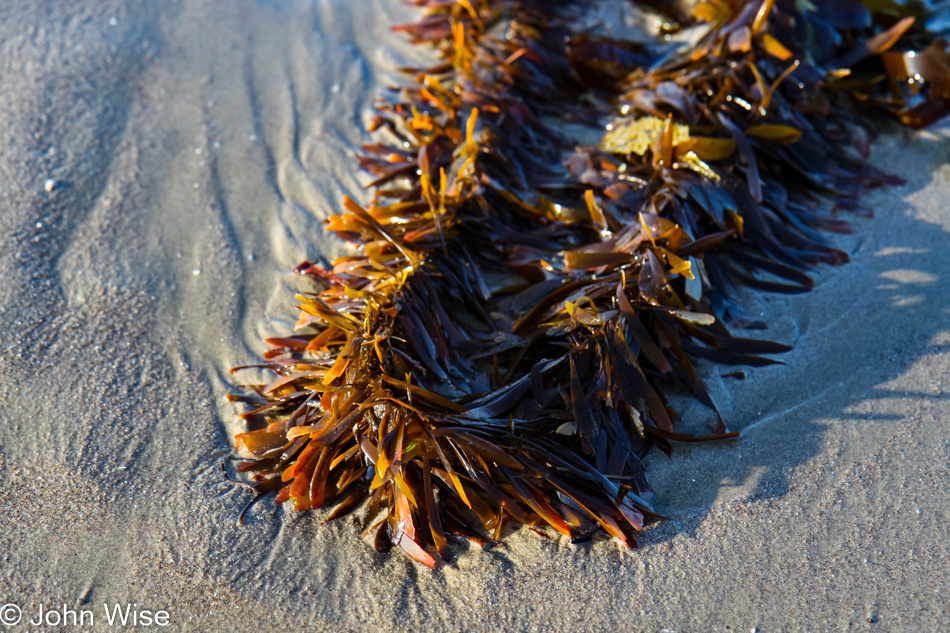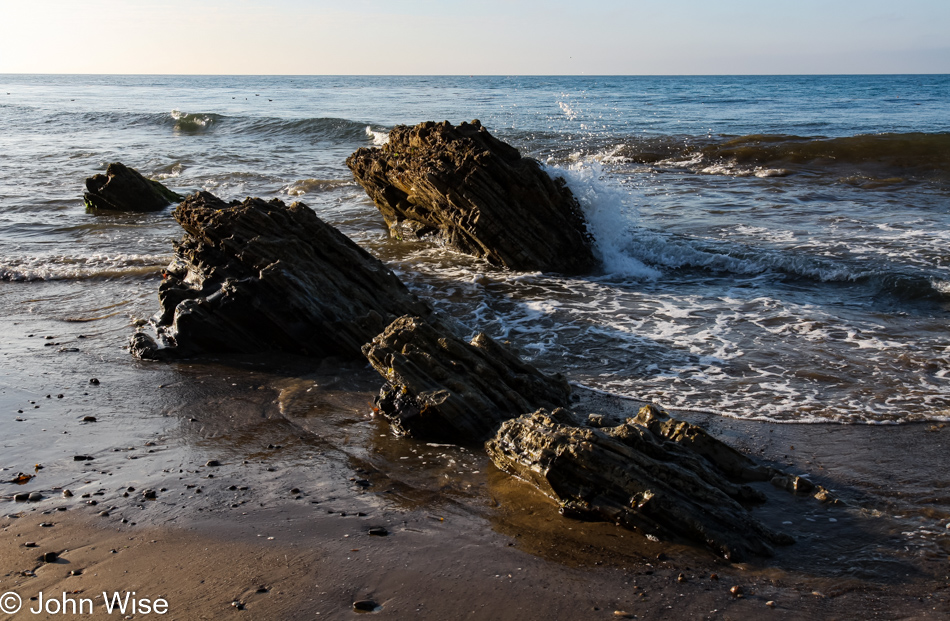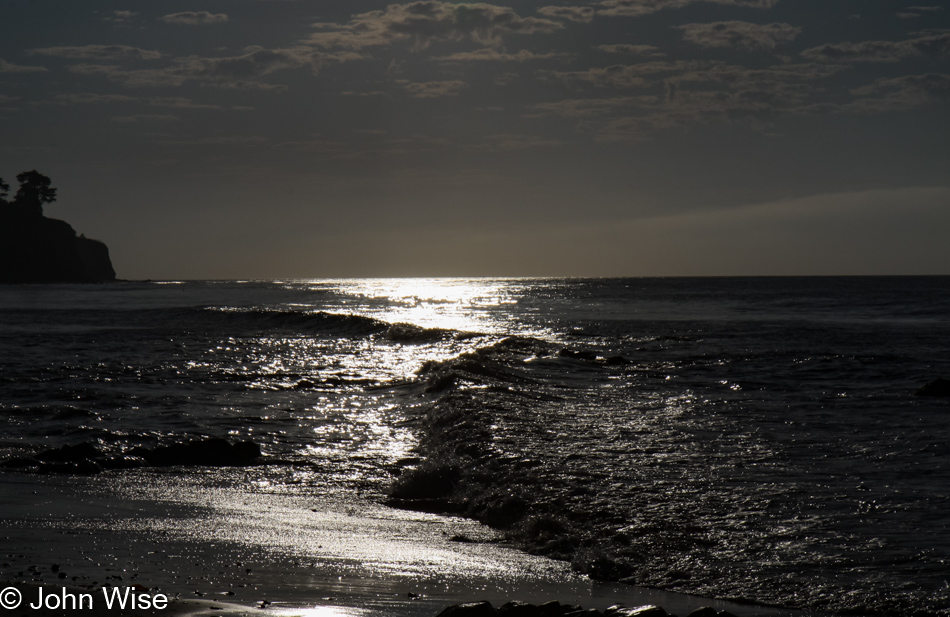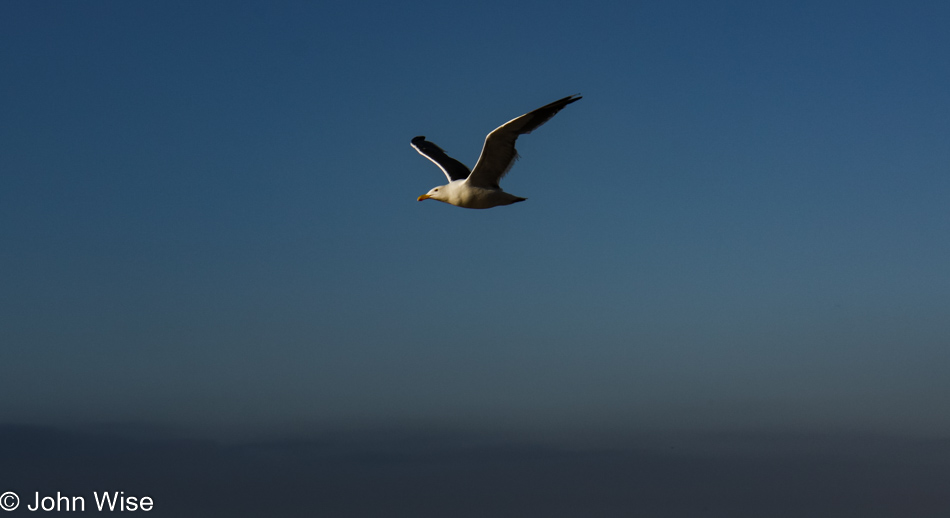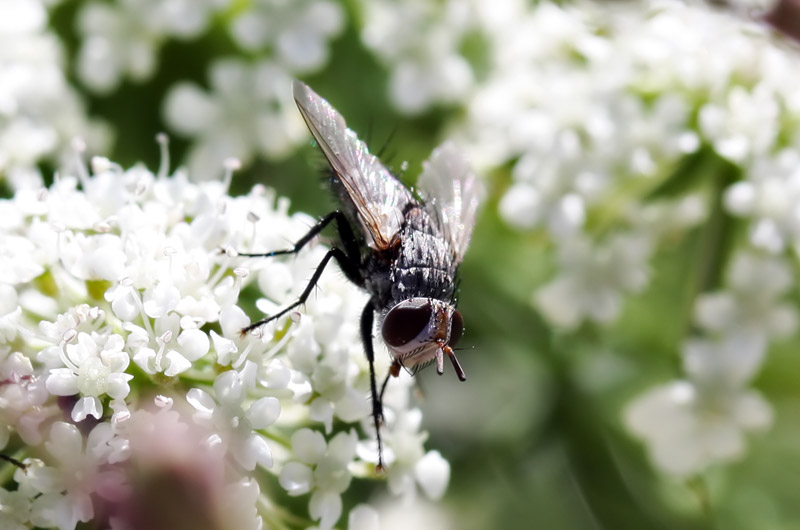
Moments to myself are the rehabilitative therapy I require as there are stressors, even in the most beautiful of places, that demand we take time for ourselves. The birds flying with their beaks in the water, leaving the trails behind them, are looking for food; they are called black skimmers.
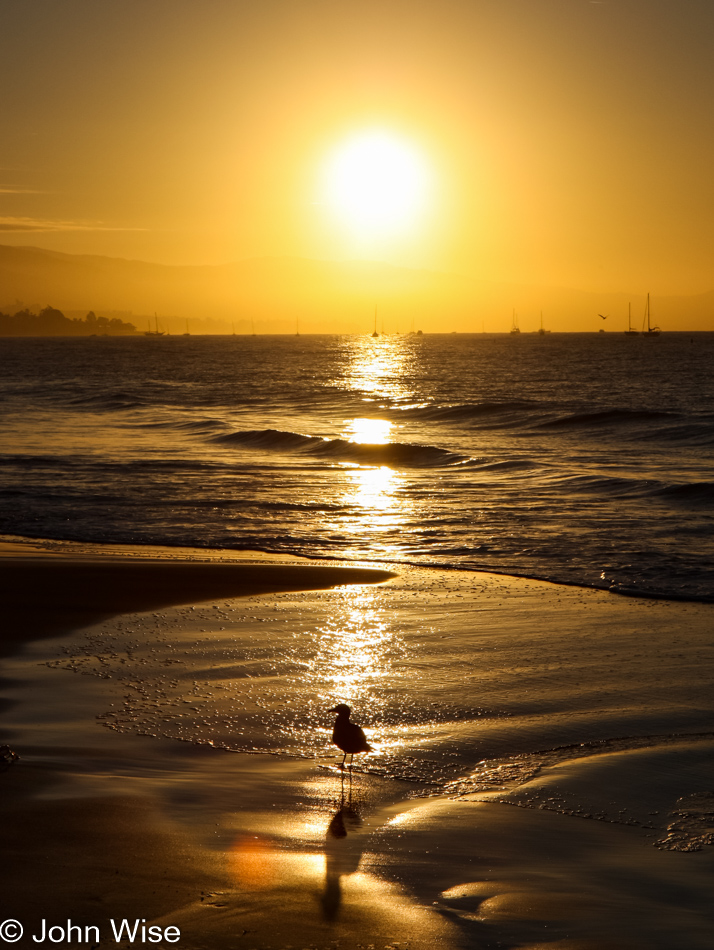
Catching the sunrise on the coast while well and good, I am like this bird out here alone with my shadow. Caroline is somewhere else, far away under that sun to the east.
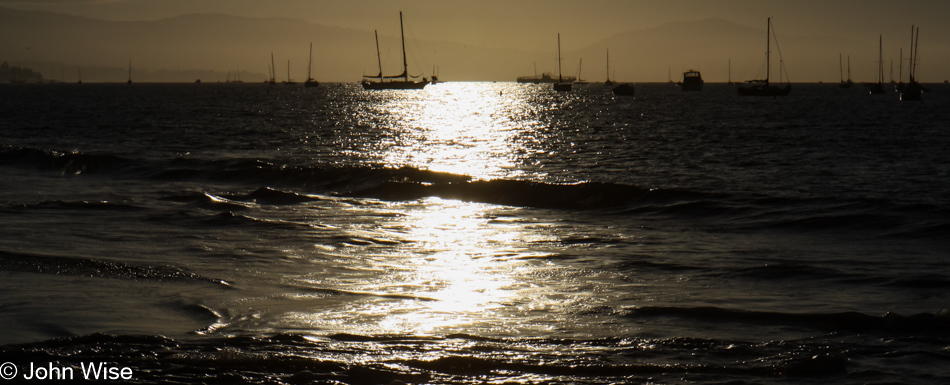
Not long from now, I’ll head back into town to visit with my uncle, but until then, I can just hang out here and watch the colors of the morning give way to those of the day.

The blue sky and approaching ocean all let me know that time is up; I must leave but will return.
Before the day was out, my aunt and uncle wanted to hand me an envelope of cash, but I couldn’t take that from them. They, being who they are, insisted. I had to say no. They asked what they could do for me after these weeks of helping them with so much of my time, and they went for the jugular, asking if maybe I wanted something for my camera. I told them I’d been looking at a quite expensive Canon 70-200mm lens, and they said, “Done.” It turned out that it was a hair less than what was in the envelope.
